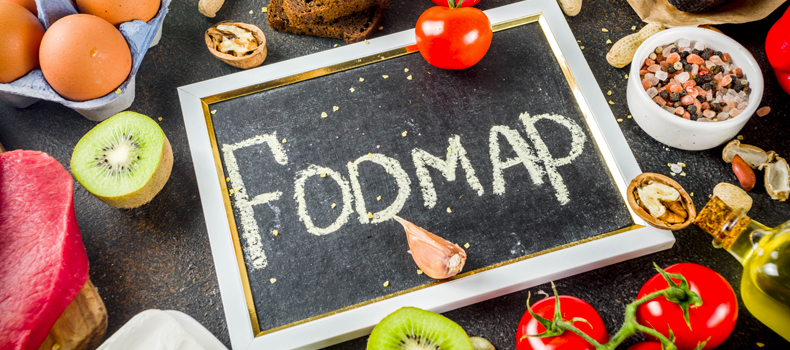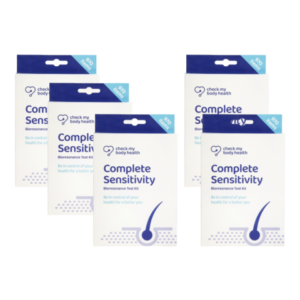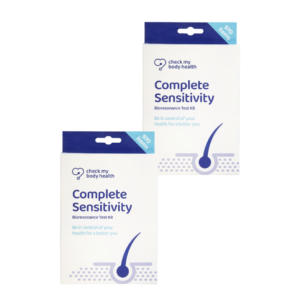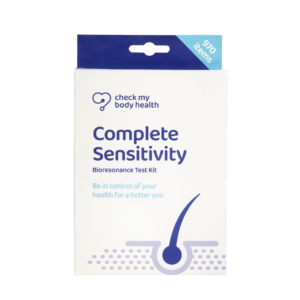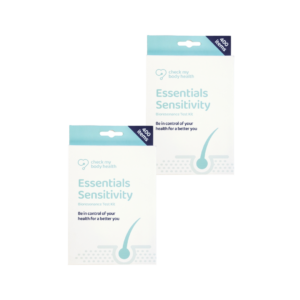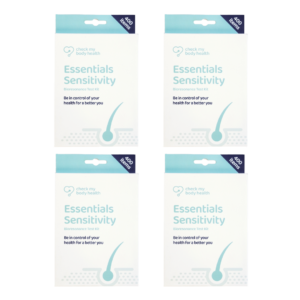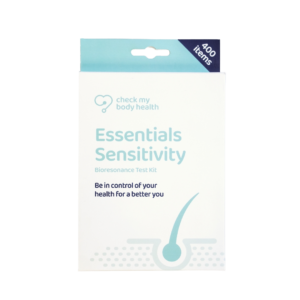We are what we eat, and in which case, what we put into our body very much effects it’s functioning and performance. Regarding digestion, food goes hand in hand with this process, and can also be a trigger for digestive issues and problems.
Getting to know our body is imperative to understanding its functions and limitations. If our body is not performing optimally then we can make a direct impact, both positively and negatively through food.
Food is a familiar cause of digestive symptoms. However, the same way foods can cause digestive concerns, certain foods can also dramatically improve these symptoms in sensitive people.
By restricting certain food types and increasing specific food groups we can strive towards a more optimally functioning body, after all, we are what we eat!
Food Management
A diet low in fermentable carbs known as, FODMAPS, is clinically recommended for the management of irritable bowel syndrome (IBS). But what on earth are FODMAPS?!
FODMAP stands for fermentable oligo-, di-, mono-saccharides and polyols. As you can see this is a very scientific term used to group together carbohydrate foods that are infamous for activating unhealthy digestive symptoms such as stomach cramps, pains, urgent bowel movements wind, bloating and gas.
Ok, so now we know what this phrase means, we can break this down further. There are four groups that make up the FODMAP dietary sources. Oligosaccharides, which are wheat, rye, and various fruits and vegetables. Disaccharides, which the milk, yogurt and soft cheese, with Lactose being the main carb here. Monosaccharides, these include sweeteners such as honey and agave nectar with fructose as the main sugar and carb source to look out for. Lastly, Polyols, these include some fruit and vegetables such as blackberries and lychee as well as some low-calorie sweeteners.
Low FODMAP
Essentially a low-FODMAP diet limits high-FODMAP foods. With this in a nutshell, the benefits of which support people suffering with IBS by reducing their digestive symptoms.
Fortunately, both stomach pain and bloating have been shown to significantly decrease with a low-FODMAP diet. Evidence does suggest that if a low-FODMAP diet is followed that odds of improving stomach pain and bloating are 81% and 75% greater (1).
As a result, quality of life can be drastically improved as a low FODMAP reduces burdening digestive symptoms.
However, if you are reading this and don’t have a diagnosis of ill health such as IBS, then a low FODMAP diet is not for everyone. Just as the reductions of symptoms do sound appealing to all, with IBS or not, a low FODMAP diet can do more harm than good in those without IBS due to the restrictions in many food groups.
A low FODMAP diet requires three stages of adherence. The restriction stage, this is where you strictly drop all consumption of high FODMAP foods. Of course, a little research needs to be applied here to ensure you have a good understanding of high FODMAP foods. A checklist on the fridge door is a helpful technique. This stage lasts up to 8 weeks, and a considerable difference in gut health and quality of life should be noticed.
In which case, stage two is the reintroduction stage foods high in FODMAP are slowly reintroduced into your daily diet. This allows the consumer to monitor what changes have been made, what foods have been reintroduced, but importantly what food group could be sparking or triggering any further symptoms. This process will help you discover which foods you can tolerate, and which foods you are more intolerant of.
The third stage is personalisation. This process is where you ‘modify’ your low FODMAP diet. You keep the restriction on high FODMAP foods but once identified, also allow in the ones you can tolerate to certain levels. The variety and flexibility here is up to the consumer of the diet, long term compliance of this modified version can be very effective in terms of reducing painful digestive symptoms. Each stage is equally important in achieving long-term symptom relief and overall health and well-being.
Planning Ahead
Ensuring you have a credible high FODMAP foods list is essential; this can be your guide to a varied and colourful diet moving forward, believe it or not. Although there are many restrictions, there are also many apps and recipes that are low FODMAP focused that can transform the way you eat, but also transform your quality of life.
Clearing out your fridge, draws and kitchen cupboards of high FODMAP helps you to psychologically and physically prepare for change. Looking after your gut health should be your number one priority; this will drastically improve you day to day functioning, together with improving your confidence and self-worth. Making active changes, with your additional family members on board too can help with adherence to this diet.
Making shopping lists before you enter the supermarket, reading menus of restaurants before dining out, prepping your meals before you go to work and so forth are all helpful techniques to help you stay on plan. Familiarisation with low FODMAP foods will be key to maintaining consistency within this lifestyle change, once established living this way will become second nature.
Reference

